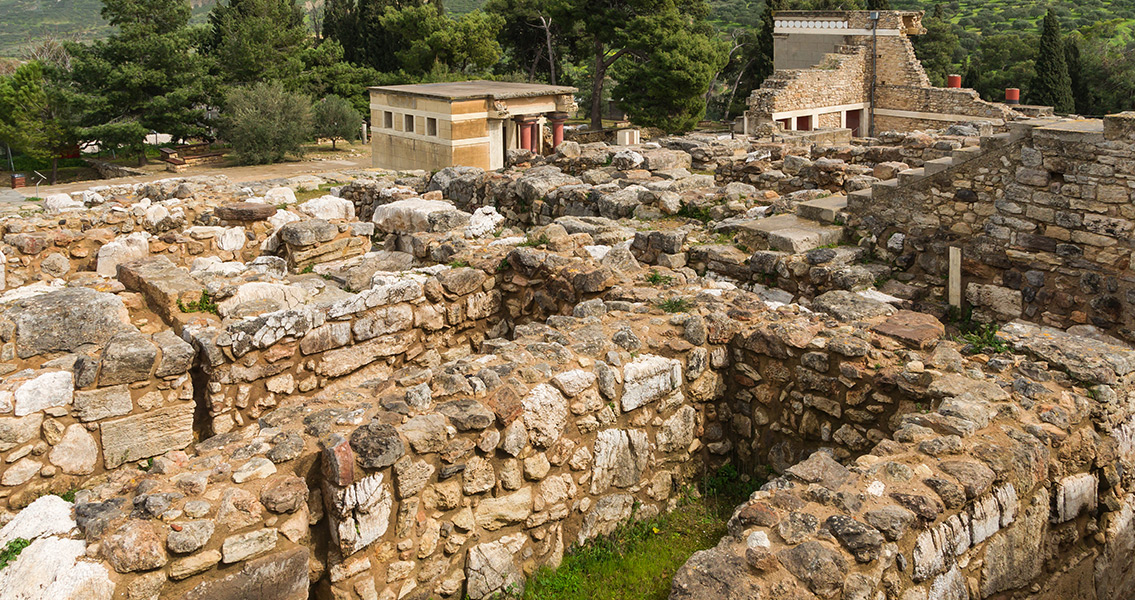<![CDATA[Newly-launched archaeological digs on the island of Crete have discovered that the ancient city of Knossos, the seat of power for the Minoans, was around three times larger during the early Iron Age than previously thought. Long understood to have been a jewel of the Aegean during the earlier period known as the Greek Bronze Age that was in place between 3500 BCE and 1100 BCE, Knossos was thought to have gone into decline after regional socio-political collapse in 1200 BCE. However, a large number of the artifacts discovered under the auspices of the Knossos Urban Landscape Project – an archaeological initiative that has been investigating the ruins of the city for the better part of a decade - have been traced to the Iron Age. According to Antonis Kotsonas, an assistant professor of classics from the University of Cincinnati involved in the most recent research, these Iron Age artifacts were found in a much larger radius than expected within Knossos’ ruins, indicating that Knossos had likely grown much larger than previous studies have given the city credit for. In a press release published by the university, Kotsonas remarked that both the number of Iron Age artifacts and their quality indicated that Knossos had been an epicenter of Mediterranean and Aegean trade. In fact, there are no other sites dating from the period that showcase the same wide range of imported materials, which include bronze adornments as well as other metals featured in jewelry. Far-ranging examples of pottery from neighboring regions were also found among the ruins. For the most part, the artifacts were recovered from the ruins of cemeteries and dwellings, which raised problems differentiating between domestic finds and those from the context of burial sites. The deceased were often buried with the most expensive symbols of status they owned in life, Kotsonas remarked, which can be used to determine the relative wealth of individuals who were interred with particular grave goods. Additional analysis of the types of artifacts recovered and their location is helpful in determining just how large the settlement was and how it developed in regards to economic, socio-political and demographic growth, the professor continued. While the analysis is still in its early stages, it has yielded enough data for Kotsonas to declare the settlement was a densely nucleated one based deep in the Knossos valley, that spread from at least the Kairatos River to the eastern slopes of the Acropolis hill, in addition to extending from the midway point between the Kephala hill and the Minoan palace all the way to the Vlychia stream to the south. Kotsonas, who has been collaborating on the project for more than seven years, will be presenting the most recent findings by the Knossos Urban Landscape Project at the upcoming annual meeting of the Archaeological Institute of America and the Society for Classical Studies in San Francisco, CA. Image courtesy of Wikimedia Commons user: Jebulon]]>
Ancient City of Knossos Three Times Bigger than Thought
